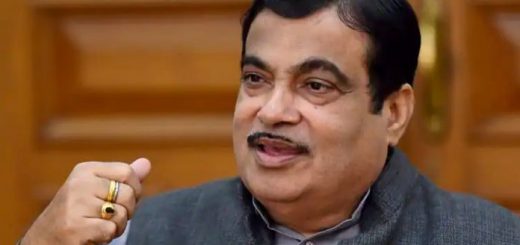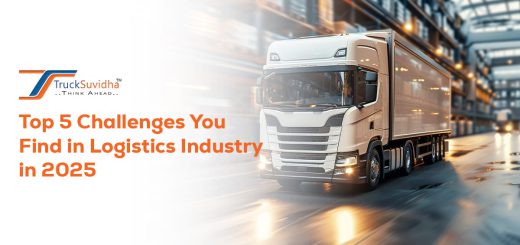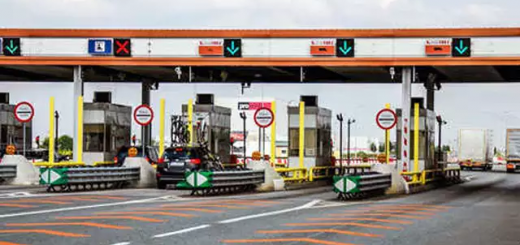Treading the electric truck transition
The Indian EV ecosystem is evolving and the niche e-MHDT segment has just started to take root. A lack of e-truck models in heavier segments, high upfront cost, range anxiety to users due to inadequate charging infrastructure in long-haul operations etc are key barriers to the transition.
On the outskirts of Bokaro town in Jharkhand, a truck is plying on the road, loaded with cement bags to the distribution centre. It may seem like an average truck, but it isn’t. It is powered by a 160-kWh battery pack, which can steer it from the manufacturing unit to the distribution centre and back. The semi-deciduous forest of the plateau is undisturbed by its smooth silent movement. This might be a figment of imagination for now, but it possibly won’t be in the future.
Electric trucks (E-trucks) are not new to the world. The first E-trucks came into being in the 1920s but were soon replaced by internal combustion engines (ICEs) with the automotive revolution in America and the discovery of Texas oil. There were moments of interest in the 1970s due to the global oil shocks but couldn’t gain traction. It was finally in the new millennium that the EV revolution started in the truest sense. Today there are over 450 models of medium and heavy-duty vehicles worldwide.
Why focus on MHDTs?
Medium and heavy-duty freight vehicles (MHDVs) are a major and disproportionate source of global greenhouse gas emissions. Representing a meagre 4% of global road vehicles, they account for a third of total fuel use and 40% of road transport emissions. In India, they constitute 2% of all road vehicles but account for over 45% of all road emissions. This disproportionate contribution to emissions makes them an ideal segment for the transition. With India aiming for net zero by 2070, transport decarbonisation is a vital pathway to that goal.
Market
India is the sixth largest market for the sale of medium and heavy-duty trucks (MHDTs) with over 200,000+ vehicles sold in 2021. There are over 5 million trucks running on Indian roads (VAHAN dashboard, MoRTH), with over 90% of them using diesel. Most businesses move their goods almost entirely through third-party players, rather than through their own fleet. This makes the trucking industry commercially very dynamic.
eatures of Indian trucking operations
The average age of a truck in India is between 9-10 years, which is the highest in the last 20 years due to the pandemic. The pent-up demand for fleet replacement presents an opportunity for electrification. As studies show, an average Indian truck covers a distance between 200-300 km per day, which can be serviced by a battery pack with some additional on-way charging.
Overloading is a widespread challenge in India, especially in the case of high-density payload as operators seek to maximise the utilisation of space. About 25-30% trucks in India are overloaded by 50-70% of their capacity. It can be a big impediment to electrification as it reduces range and increases wear and tear. However, there is an early opportunity in segments where underloading is common due to high-volume low-density freight applications and time-sensitive deliveries.
Ownership and decision-making are also key in determining the pace of any technological transition. It is safe to assume that this will be true in this case for the shift of ICE trucks to EVs. Trucking ownership in India is diverse and skewed. A large number of small fleet operators own fewer trucks, while a small number of medium and large fleet operators own a much larger share of on-road trucks in India.
The Indian EV ecosystem is evolving and the niche e-MHDT segment has just started to take root. A lack of e-truck models in heavier segments, high upfront cost, range anxiety to users due to inadequate charging infrastructure in long-haul operations etc are key barriers to the transition. However, the right policy and regulatory push, which can include financial and non-financial incentives, would give the required impetus to truck electrification.
Corporates can use innovative business models like “Pay-per-use” or “Transport-as-a-service” to navigate the cost issues and opt for customised truck models for specific applications. OEMs and new-age automotive companies can build trucks as per the specific use case depending upon the type of goods and distance.
Way ahead
Corporates are integral to the adoption journey. The commitments made by companies on fleet transition will provide the demand signals not only to the truck manufacturers but will give impetus to the third party logistics service providers to invest in transitioning their fleet. Global campaigns like EV100+ that focus on the transitioning of MHDT fleets by 2040 can support companies in setting ambitious targets followed by bold action. JSW Steel became one of the founding members of EV100+ last year, along with IKEA, Maersk, Unilever and DPD who have operations in India.
One of the most crucial aspects of the transition in the heavier segment is convincing the fleet operators and driver partners. To address this, it is imperative to showcase viable use cases and success stories. The switch-over will happen in waves, from application to application with foundational technologies being carried over from one to many. For example, the technologies being used in e-Buses and lighter-segment vehicles will eventually be carried forward to medium and heavy-duty vehicles.
Trucking in India is not just a transport activity. There are millions of lives and livelihoods dependent on it. This segment needs a just transition, which means it has to be as fair and inclusive as possible for everyone concerned, it has to create decent work opportunities and leave no one behind. The imagination of e-trucks running through remote hinterlands will hopefully turn into a reality, which will not only help in reducing GHG emissions, but also in transforming the lives of all the ones involved for the better.
Read more at-https://bit.ly/3LqLT4S




Recent Comments